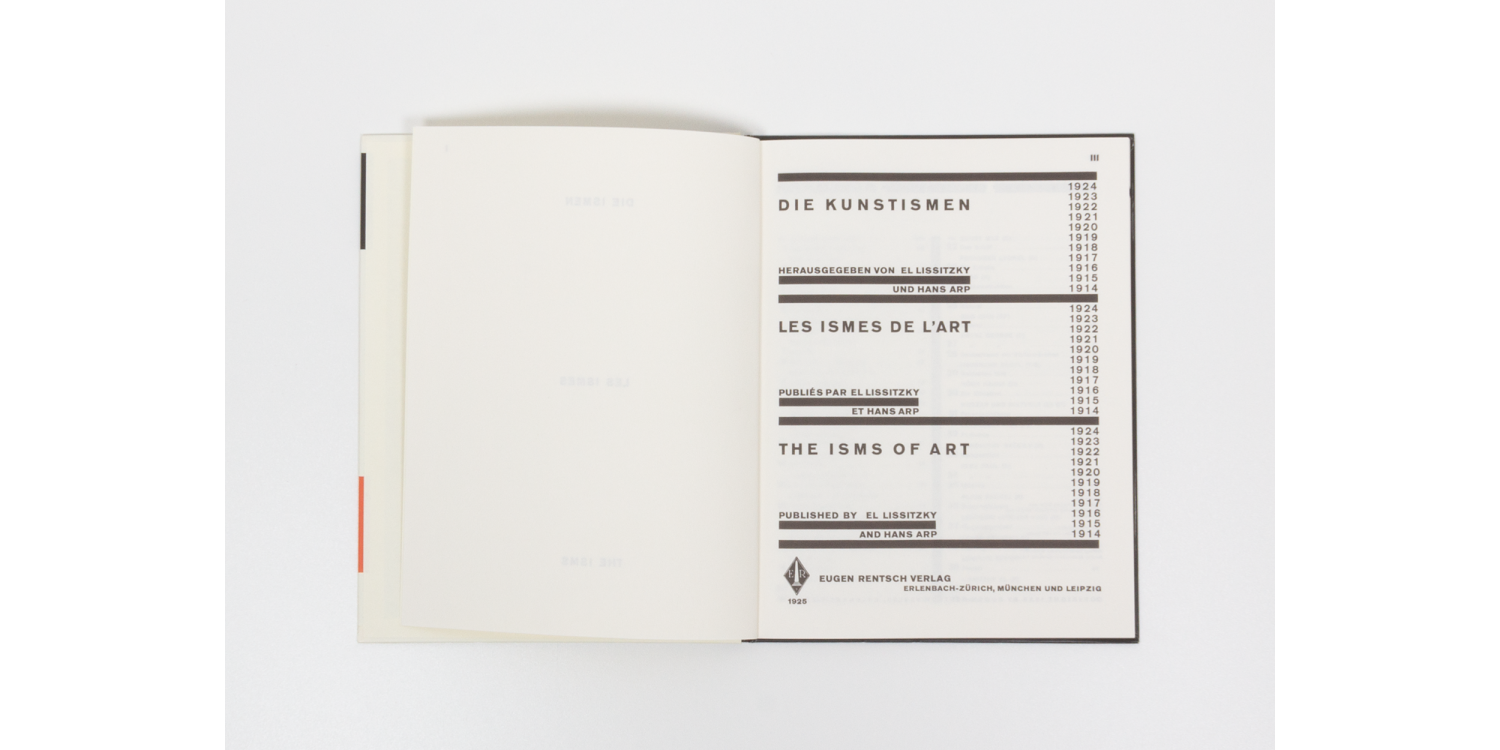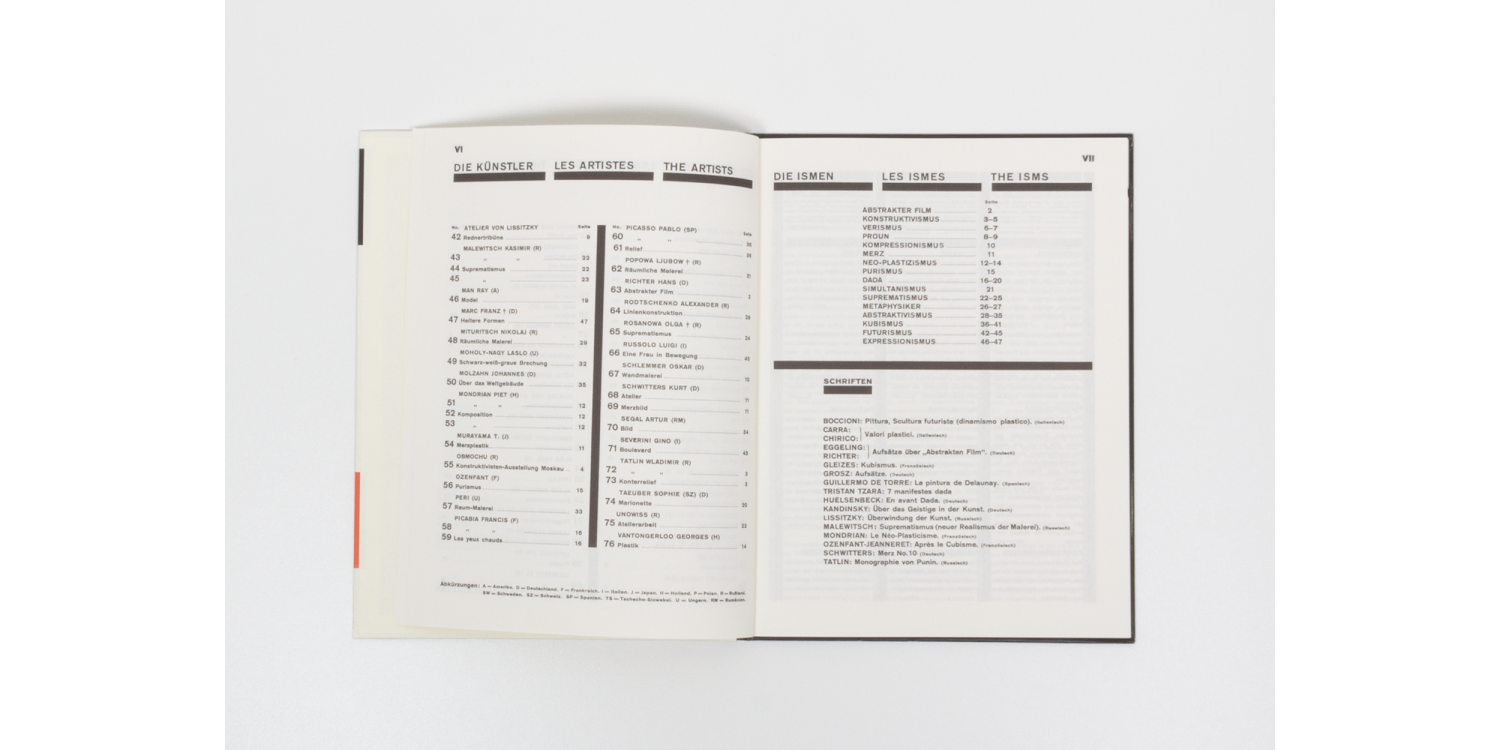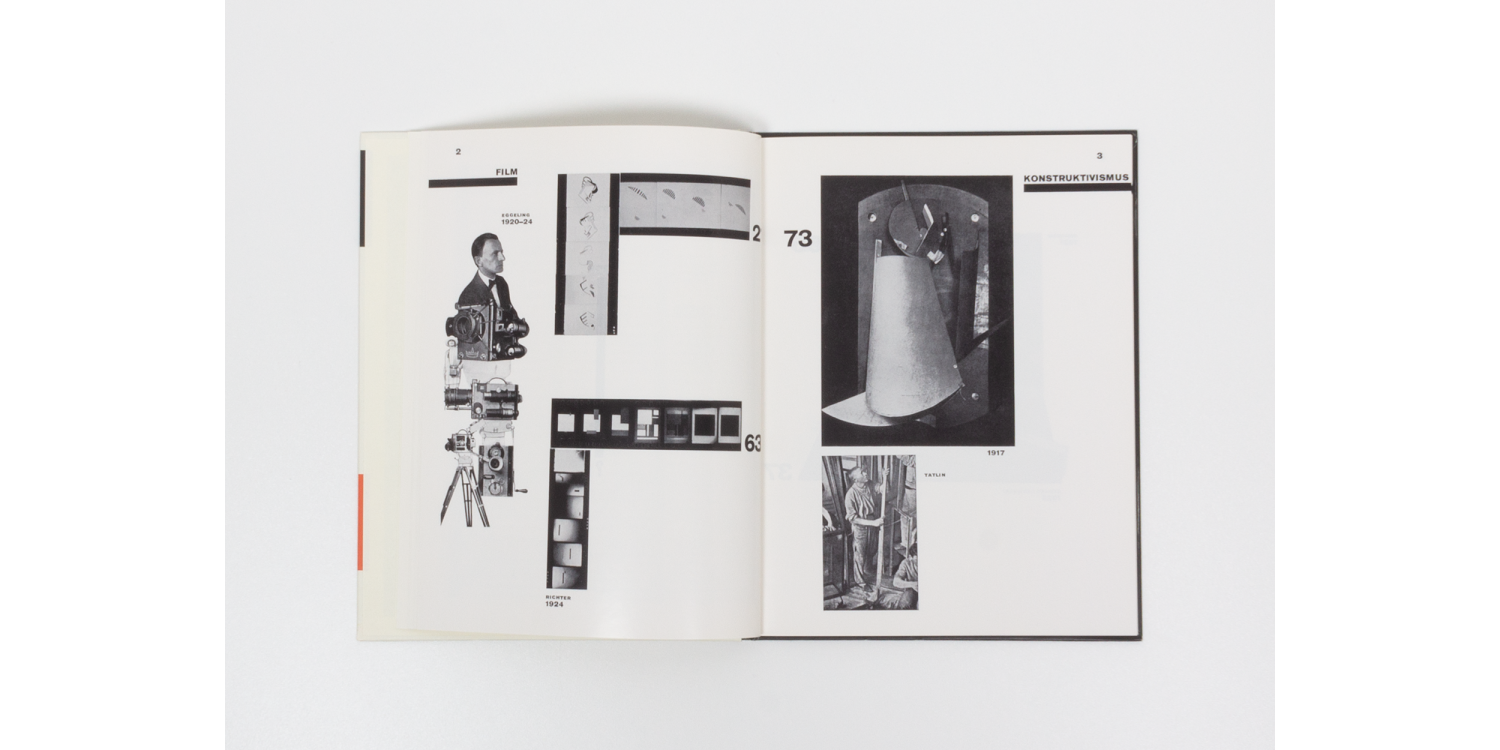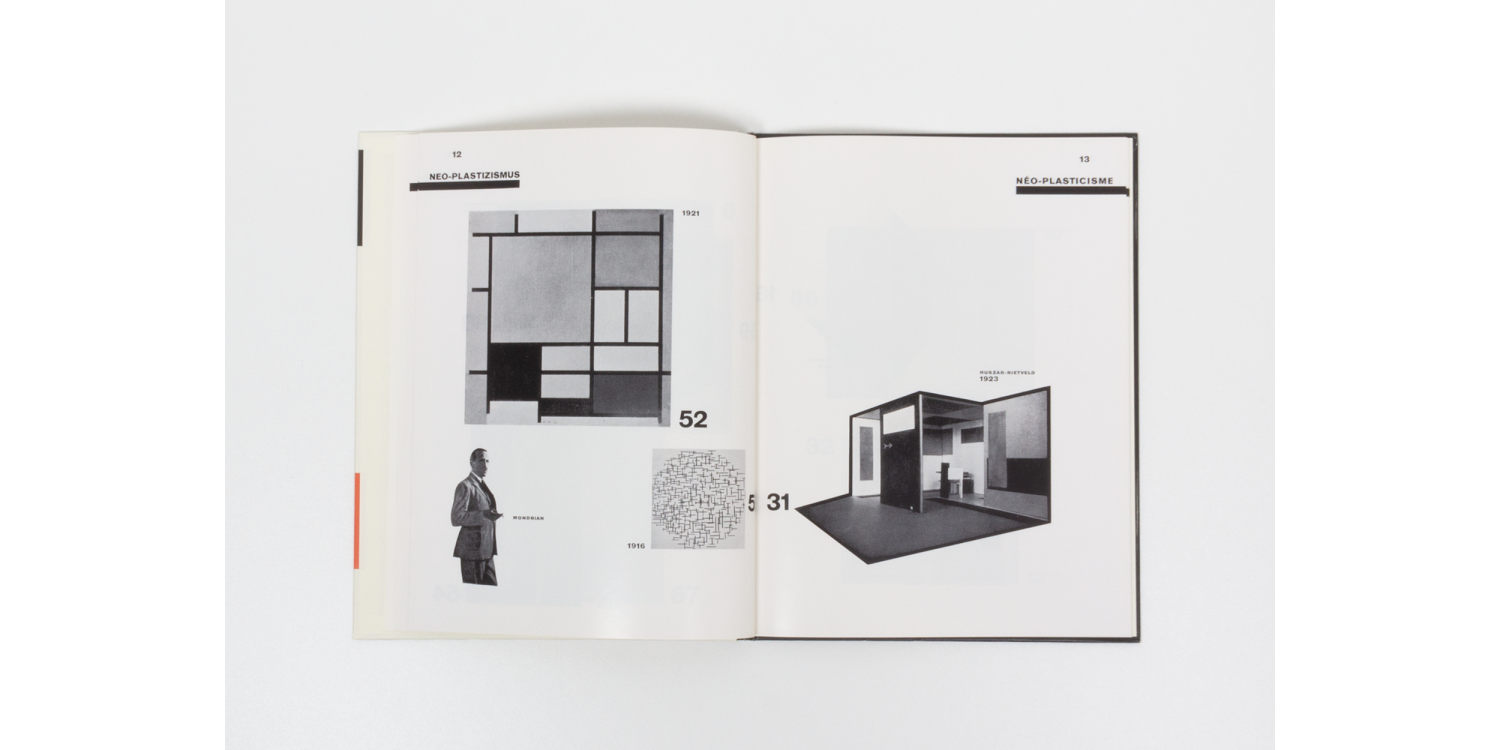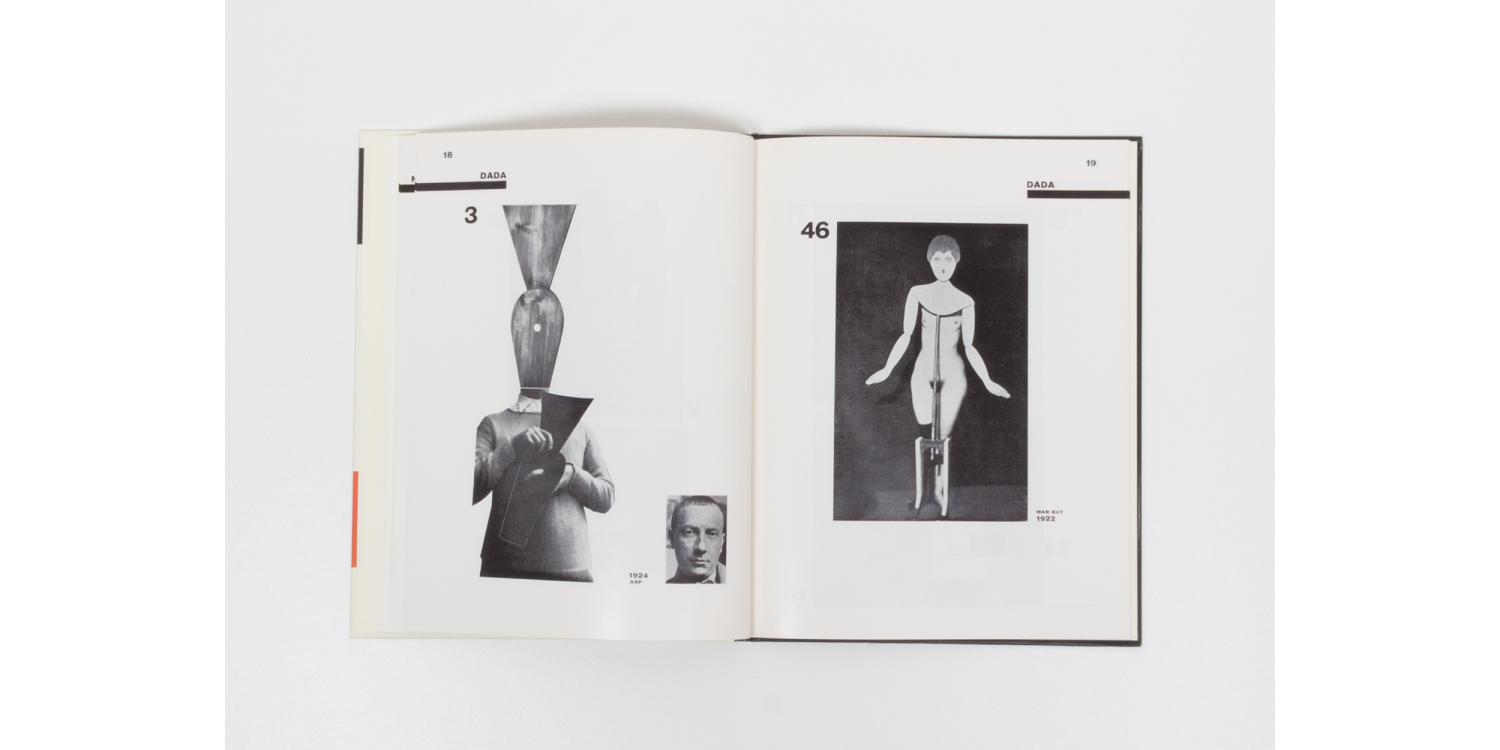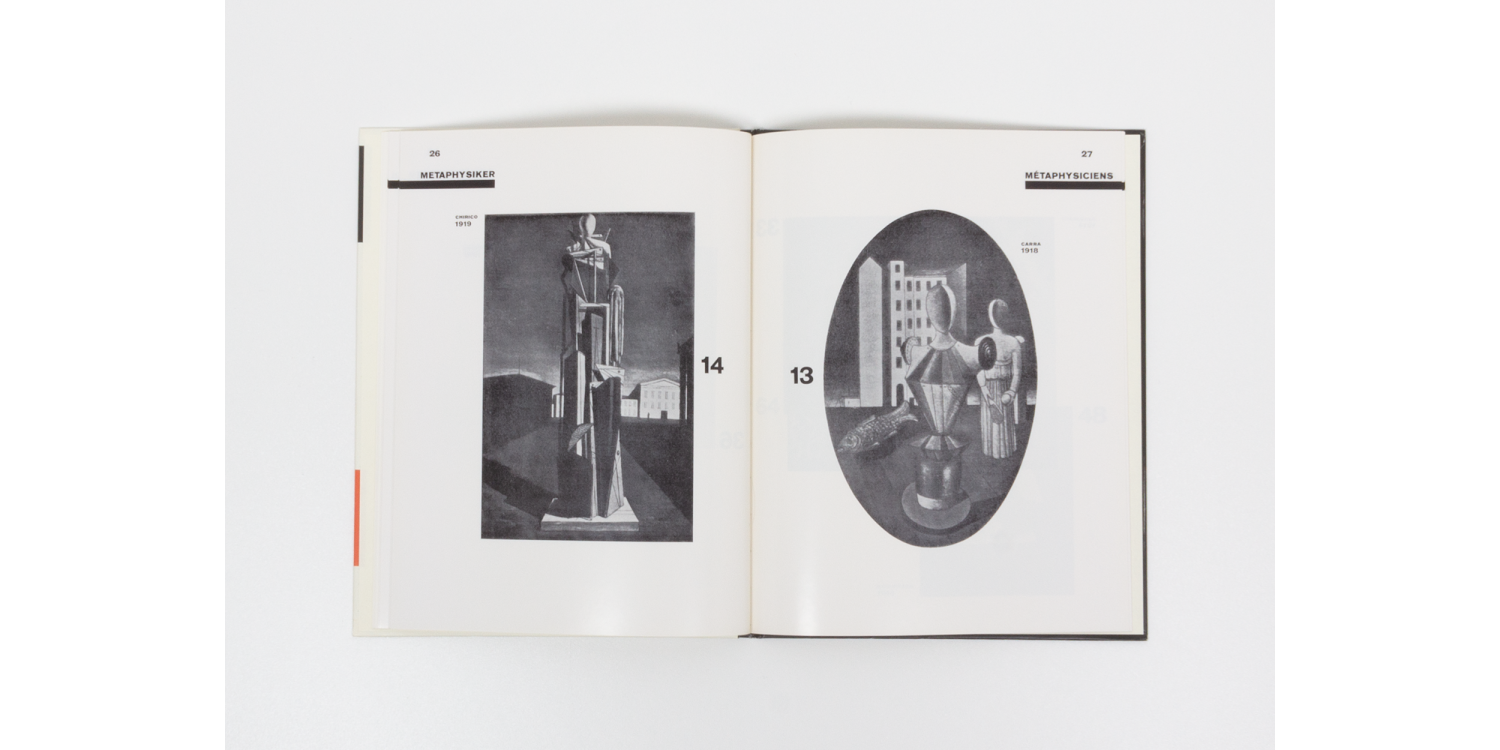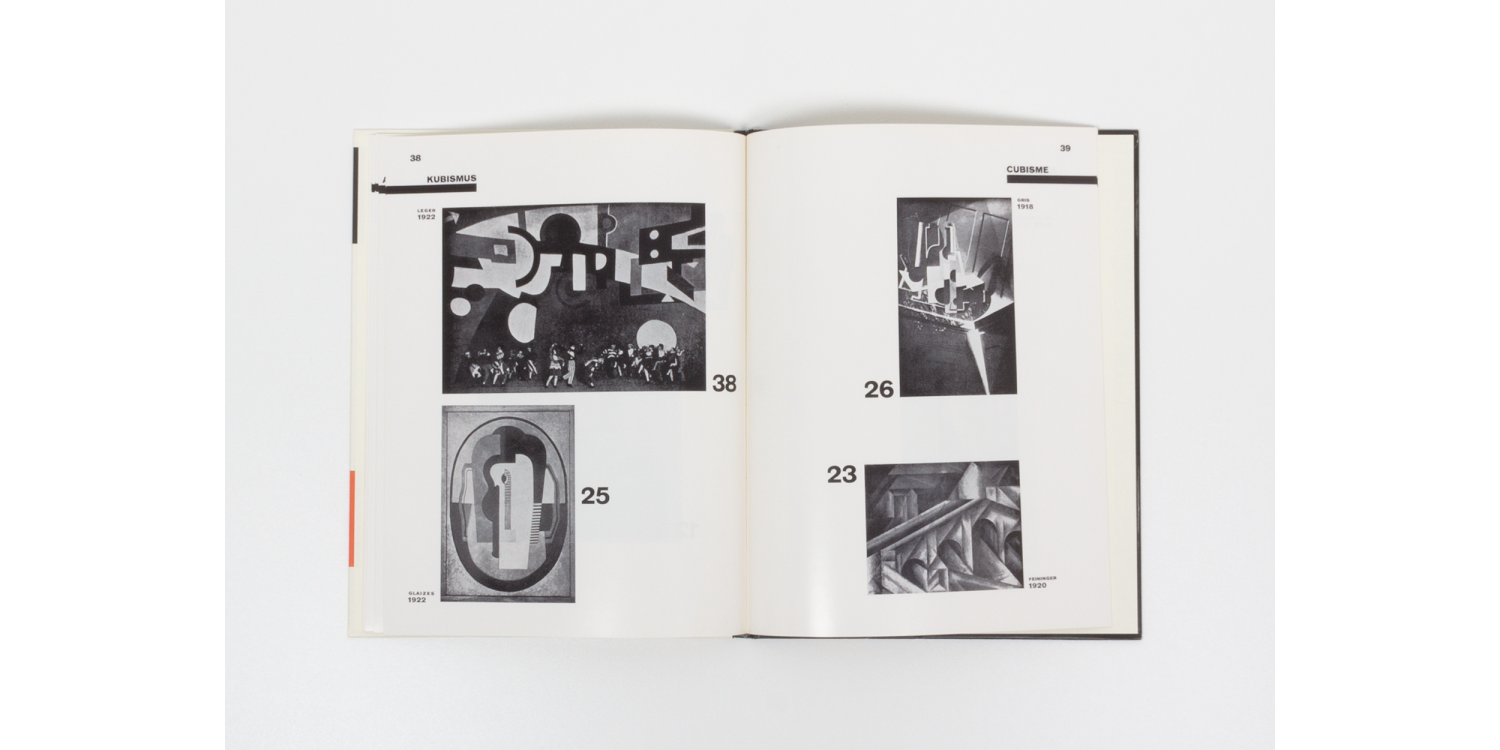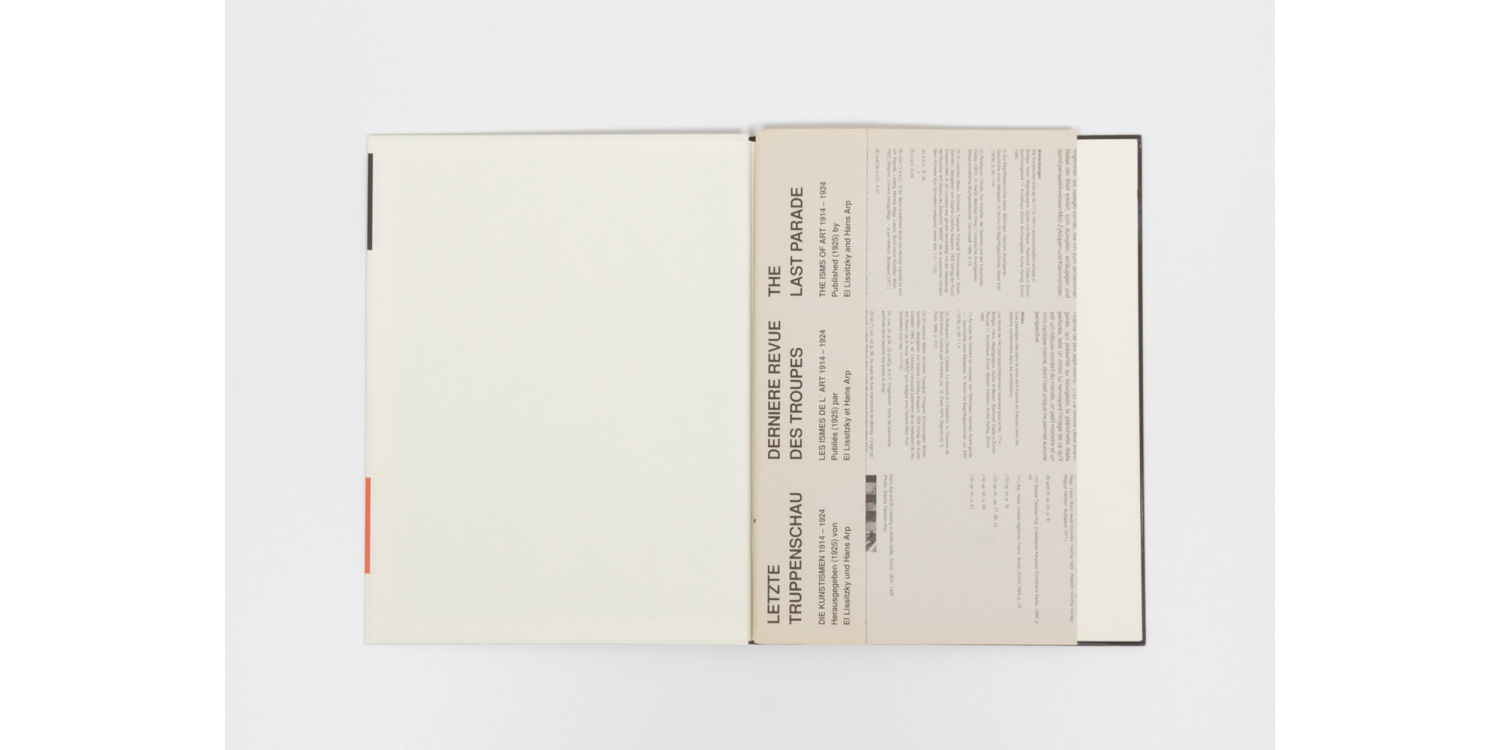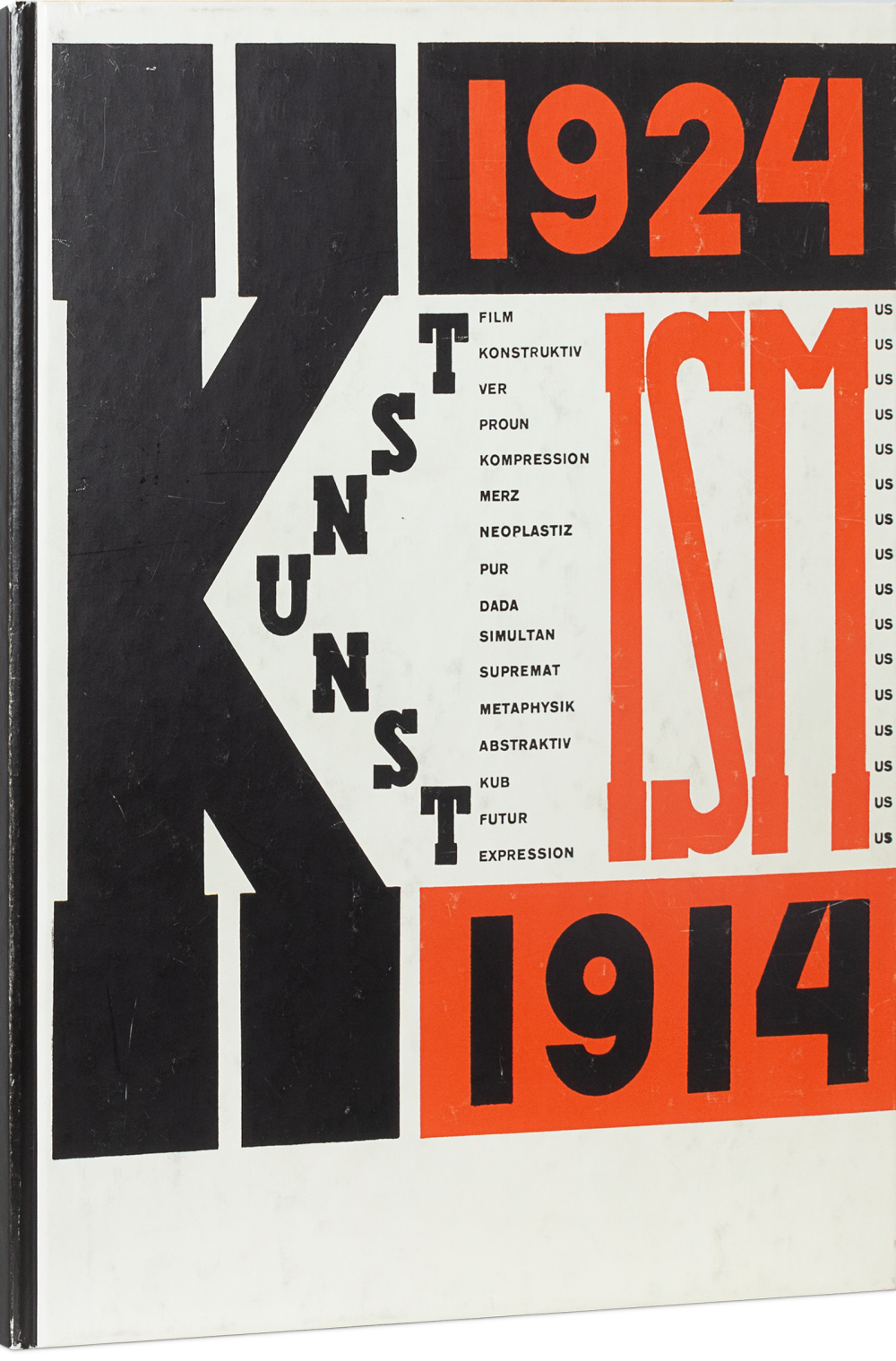
Die Kunstismen
This surprising collection of “isms” ranks among the most important publications on avant-garde art in the 1920s. Hans Arp and El Lissitzky took a refreshing, frankly opinionated inventory of artistic attitudes and movements from 1914 to 1924. Lissitzky’s exuberant design of the book epitomizes the style of the times.
This surprising collection of “isms” ranks among the most important publications on avant-garde art in the 1920s. Hans Arp and El Lissitzky took a refreshing, frankly opinionated inventory of artistic attitudes and movements from 1914 to 1924. Lissitzky’s exuberant design of the book epitomizes the style of the times.
